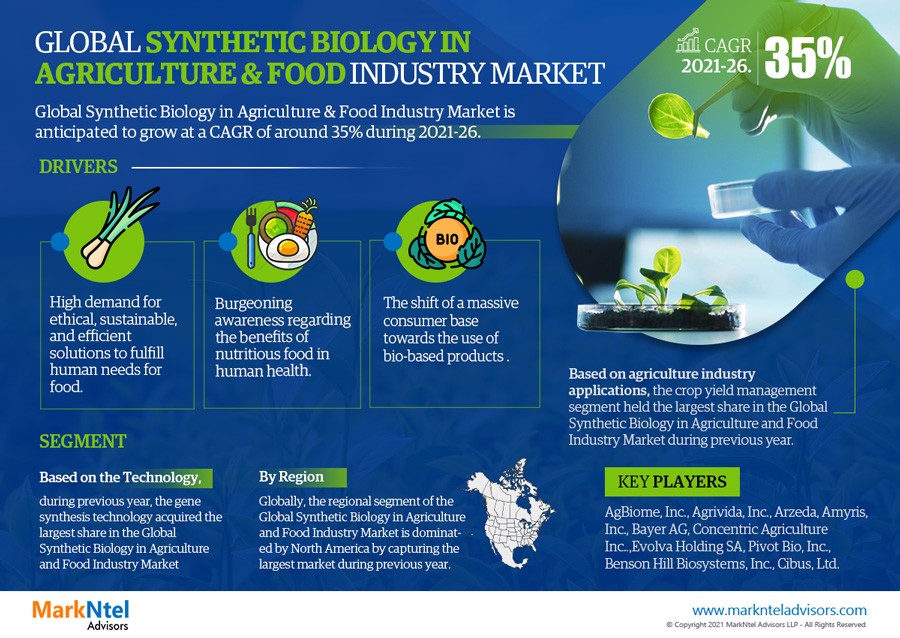
In today’s competitive food industry, where consumer choice is heavily influenced by presentation, custom food labels have become more than just a requirement—they’re a powerful branding tool. From small artisanal brands to large-scale food manufacturers, the importance of well-designed food labels cannot be overstated. These labels not only convey critical information but also reflect the brand’s identity and values, making them an integral part of marketing, compliance, and customer loyalty.
What Are Custom Food Labels?
Custom food labels are personalized stickers or printed materials affixed to food packaging that provide detailed product information and visually represent a brand. Unlike generic labels, custom food labels are tailored specifically for a product and brand, often incorporating unique colors, logos, fonts, ingredients, nutritional facts, barcodes, and regulatory information.
Whether it’s a jar of homemade jam, a packaged meal, or a gourmet sauce, custom labels ensure that the product stands out on the shelf, communicates its story, and complies with industry standards.
Importance of Custom Food Labels
The significance of custom food labels extends across several dimensions: brand recognition, regulatory compliance, consumer trust, and shelf appeal. Each of these elements plays a critical role in product success.
Enhancing Brand Identity
Custom food labels act as a brand’s visual signature. They communicate the personality, quality, and ethos of the company. Through strategic use of colors, fonts, imagery, and messaging, brands can differentiate themselves and build recognition in a crowded market. A cohesive labeling strategy across product lines fosters a stronger brand identity and consumer recall.
Meeting Regulatory Requirements
Food labeling is regulated by various food safety and consumer protection agencies worldwide, such as the FDA in the United States, EFSA in Europe, and PSQCA in Pakistan. Custom food labels ensure compliance with these regulations, which typically require:
-
Ingredient lists
-
Allergen warnings
-
Nutritional information
-
Manufacturing and expiration dates
-
Country of origin
-
Barcode or QR code
-
Storage instructions
Non-compliance can result in legal penalties, product recalls, or damaged brand reputation. Thus, custom labels are not just a branding asset but also a legal necessity.
Informing and Building Trust with Consumers
Today’s consumers are more conscious and informed than ever. They want to know what they’re eating, where it comes from, and whether it aligns with their values. Custom food labels enable brands to transparently share this information. Whether highlighting “organic,” “non-GMO,” or “gluten-free” certifications, well-labeled products tend to foster greater trust and loyalty.
Improving Product Shelf Appeal
The food and beverage industry is one of the most visually driven markets. In retail environments, packaging is the first touchpoint with the customer, and labels are the focal point of that interaction. A well-designed custom food label captures attention, sparks curiosity, and encourages purchase decisions. It plays a critical role in impulse buying and can significantly impact product performance.
Types of Custom Food Labels
Custom food labels vary by material, adhesive type, printing technology, and application method. The right type of label depends on the food product, packaging surface, storage conditions, and branding needs.
Paper Labels
These are the most common and cost-effective labels, often used for dry or refrigerated products. They are suitable for high-resolution printing but may not be moisture-resistant, making them unsuitable for frozen or wet foods unless laminated.
Vinyl or Plastic Labels
Durable and water-resistant, these labels are ideal for products stored in moist environments, such as sauces, frozen meals, or beverages. They offer a sleek, professional finish and can withstand exposure to oil, condensation, and temperature fluctuations.
Clear Labels
Clear or transparent labels offer a “no-label” look, which is increasingly popular for gourmet, organic, or minimalist brands. They allow the product to shine through while still providing all necessary information, making them great for glass jars and bottles.
Foil and Embossed Labels
For premium and luxury food products, foil stamping and embossing create a tactile and visual appeal that enhances perceived value. These are often used in wine bottles, chocolates, and specialty food items.
Key Elements of an Effective Food Label
An effective food label must balance visual appeal with clear, accurate, and compliant information. Certain elements are essential for both legal reasons and consumer communication.
Brand Logo and Product Name
The label must prominently feature the brand name or logo, as well as a clear, legible product name. This is the first piece of information that draws a consumer’s attention and must be both visually attractive and instantly understandable.
Ingredient List
Listing ingredients in descending order of quantity is a legal requirement in most countries. Custom labels should ensure that this section is not only present but easy to read.
Nutritional Information Panel
A standardized nutrition facts panel, showing values such as calories, fat, protein, sugar, and sodium, is mandatory in many regions. This helps consumers make informed dietary choices and supports health transparency.
Allergen Declarations
Highlighting allergens such as nuts, dairy, soy, and gluten is critical. These warnings must be clearly visible and ideally printed in bold or contrasting colors to avoid health risks.
Expiration and Manufacturing Dates
This section informs the consumer about product freshness and helps in inventory management. In perishable goods, date labeling must be highly visible and accurate.
Barcodes and QR Codes
Barcodes facilitate retail scanning and inventory tracking, while QR codes can enhance engagement by directing users to websites, recipes, videos, or certifications.
Product Claims and Certifications
If a product is “organic,” “vegan,” “halal,” “kosher,” or “sugar-free,” these claims must be verifiable and accompanied by certification where applicable. This can greatly influence buying decisions among health-conscious or ethical consumers.
Customization Options for Food Labels
Customization offers nearly limitless possibilities in terms of design, materials, and functionality. Food brands can personalize labels based on several factors:
Shape and Size
Custom food labels come in various shapes—rectangular, oval, circular, or custom die-cut to match a logo or theme. Size considerations depend on the packaging surface, information volume, and design hierarchy.
Color Schemes and Typography
Colors influence perception. Warm colors like red and yellow stimulate appetite, while green signals health and sustainability. Font choice should reflect brand personality—modern, classic, rustic, or playful—while maintaining legibility.
Finish and Texture
Finishes like matte, gloss, satin, or soft-touch can enhance visual and tactile appeal. Embossed or debossed textures add depth and a premium feel, contributing to product differentiation.
Interactive Features
Innovative labels may include peel-back layers, resealable closures, temperature-sensitive inks, or augmented reality QR codes. These features not only add utility but also deepen brand engagement.
Custom Labels for Different Food Categories
Each food category has unique labeling needs, influenced by its storage conditions, consumer expectations, and regulatory environment.
Packaged Snacks
These labels focus on shelf appeal, calorie content, and bold flavors. Since these are often impulse buys, the design must be bright, fun, and engaging, with clear nutritional details.
Beverages
From water bottles to juices and alcoholic drinks, beverage labels must be waterproof and attractive. Many also include sustainability information or origin stories, especially for craft beverages.
Frozen Foods
Labels for frozen items must resist condensation and extreme temperatures. They should remain legible and intact throughout the product’s shelf life and typically include cooking or reheating instructions.
Sauces and Condiments
These often come in glass or plastic jars. Clear labels or foil accents can elevate the product’s appearance. Ingredients and storage tips are crucial due to high spoilage risks.
Bakery and Confectionery
Labels for baked goods and sweets need to emphasize freshness and indulgence. Transparent windows combined with elegant labels help showcase the product while conveying quality.
Eco-Friendly Custom Food Labels
Sustainability is a growing priority among consumers and brands alike. Eco-conscious labels made from recycled paper, biodegradable materials, or soy-based inks are becoming increasingly popular.
Using eco-friendly custom food labels not only reduces environmental impact but also appeals to a market segment that prefers brands with green values. These labels may carry symbols or messages such as “100% recyclable,” “plastic-free,” or “compostable.”
Designing and Printing Custom Food Labels
The process of creating custom food labels involves collaboration between food manufacturers, designers, and label printing companies. Here’s an overview of the process:
Concept Development
This begins with understanding the brand, product, and target audience. The design team works with these insights to create a layout that balances visual storytelling with required information.
Mockups and Prototyping
Before full-scale printing, digital mockups or sample prints are produced for evaluation. These allow brands to test the label’s appearance on the actual packaging.
Material Selection
Choosing the right label material and adhesive is crucial for durability, compliance, and aesthetics. Factors like surface texture, moisture exposure, and application method are considered.
Final Printing
Modern label printing technologies include digital printing, flexography, and offset printing. Digital printing is ideal for small to medium batches and allows variable data printing (e.g., different flavors). Flexography is more economical for larger runs.
Partnering with the Right Label Manufacturer
A reliable label manufacturer ensures timely delivery, consistent quality, and compliance with food labeling regulations. They offer guidance on materials, finishes, and printing technologies and may also provide inventory management services for recurring orders.
When selecting a vendor, food businesses should look for:
-
Experience in food labeling
-
Compliance knowledge (FDA, EU, Halal, etc.)
-
Customization capabilities
-
Minimum order flexibility
-
Sustainable label options
Conclusion: Why Custom Food Labels Are a Smart Investment
Custom Boxes are more than packaging accessories—they are strategic tools that influence buying decisions, build brand loyalty, and ensure regulatory compliance. In an era where consumers are driven by transparency, quality, and aesthetics, investing in high-quality, customized labels is essential for any food business looking to grow and compete effectively.
By thoughtfully designing and printing your food labels, you can elevate your product from a commodity to an experience—one that speaks directly to the values, needs, and desires of your customers.







